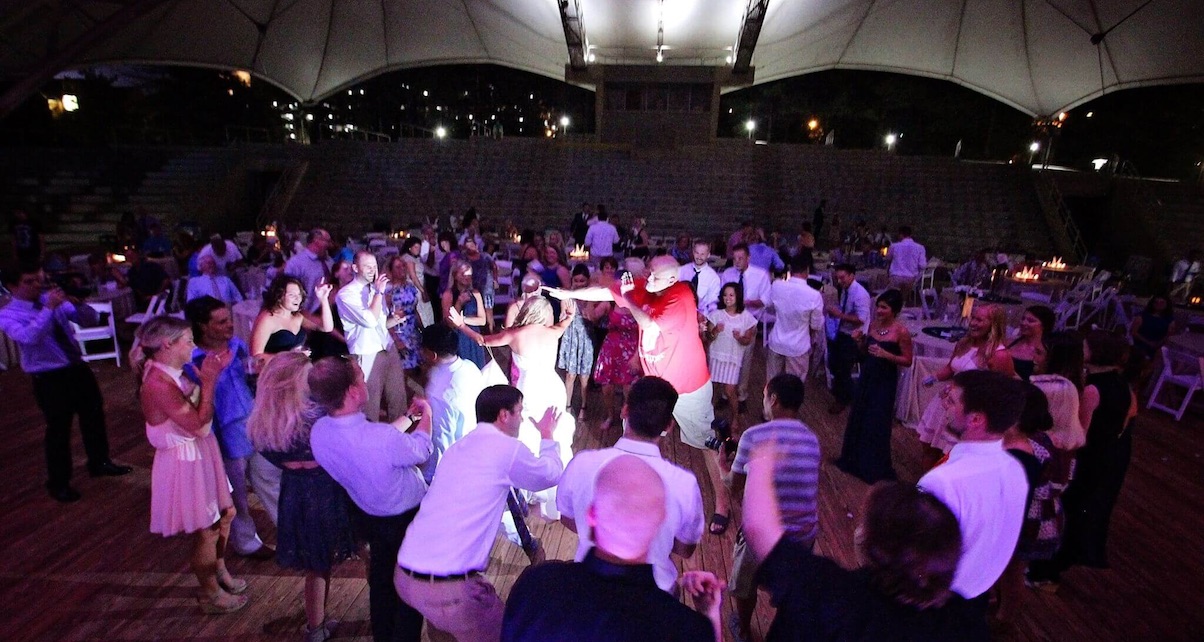
Digital DJ Tips Platinum Facebook Group member Alex Updike asks: “Lately I’ve hit a bit of a rut. I’m struggling to really ‘feel’ my music choices, if that makes sense? Sometimes, I feel like I’m just guessing what song to play next, which every DJ knows is not a good feeling. The frustrating part is I know, and can feel, exactly what is wrong, but I don’t know what to do to fix it.
I’d love to watch other DJs to learn, but I can’t just show up at random weddings and be like ‘can I watch your DJ?’ Even the Masterclass here at DDJT was more geared towards bar and club stuff than mobile gigs. Do any of you event guys have any tips for reading crowds and knowing how to manage the dance portion of an evening? Or are there any books or online videos / classes you know of? I’ve always felt like I could do more to control a crowd and play the right songs at the right time, but I don’t know where to go or what to do to learn it.”
Digital DJ Tips …
First of all, every performing DJ will fall into the “rut” that you mentioned. It’s the same as anything you have worked hard to achieve, when you get there and are doing it you start to doubt yourself. For me, these type of feelings come around when I am not particularly up for the gig and this happens especially when gigs becomes repetitive.
You can save yourself a lot of hassle by finding out ahead of time which tracks the client likes and which they expressly dislike. this will at least ensure you have some surefire winning tracks, and don’t step on any toes.
You should also create lots of smaller playlists for each part of the night. For example, ten tracks that were number one when the bride was a teenager will resonate nicely, ten that the older guests will like, ten that children will enjoy and so on. Then, you can play selections from these proven “mini sets” to stop you worrying track-by-track what to do – simply rotate your dancefloor by explicitly appealing to each potential “segment” of it.
As far as the reading goes, the main thing I look out for (those already dancing aside) is what people sat around or at the bar are doing. Are they tapping their feet, nodding their heads or tapping the table to the tunes I am selecting? If this is the case, then I take it that I am reading the crowd and selecting tracks appropriately. Focus on those people as well and make it your challenge to entice them onto the dancefloor. If that isn’t working, you can always walk over to them and ask them what they would like to dance to.
Another thing to always remember is that some people just don’t want to dance (or feel self-conscious about doing so). There have been a few times when it has got to the end of the night and hardly anyone has danced and I’m thinking that I have had a stinker when people have come over and praised the tunes I was playing. It can be really hard to gauge sometimes.
Reading the crowd is something that comes with experience and as you rightly pointed out, how do you get that experience? Perhaps offer to help a more established DJ set up his gear before his gig. I am sure he will bite your hand off and only be glad to return the favour by letting you watch what he does and give you some pointers. Who knows, you could even become partners?
Finally, be sure to keep an eye out for our forthcoming Digital DJ Tips Mobile DJ Blueprint course, which covers all aspects of mobile DJing in depth, and especially how to structure sets and read crowds.
Have you ever found yourself in the “rut” that our reader describes? How did you go about getting out of it? Do you have any further tips on how to read a crowd better? Let us know in the comments below…








